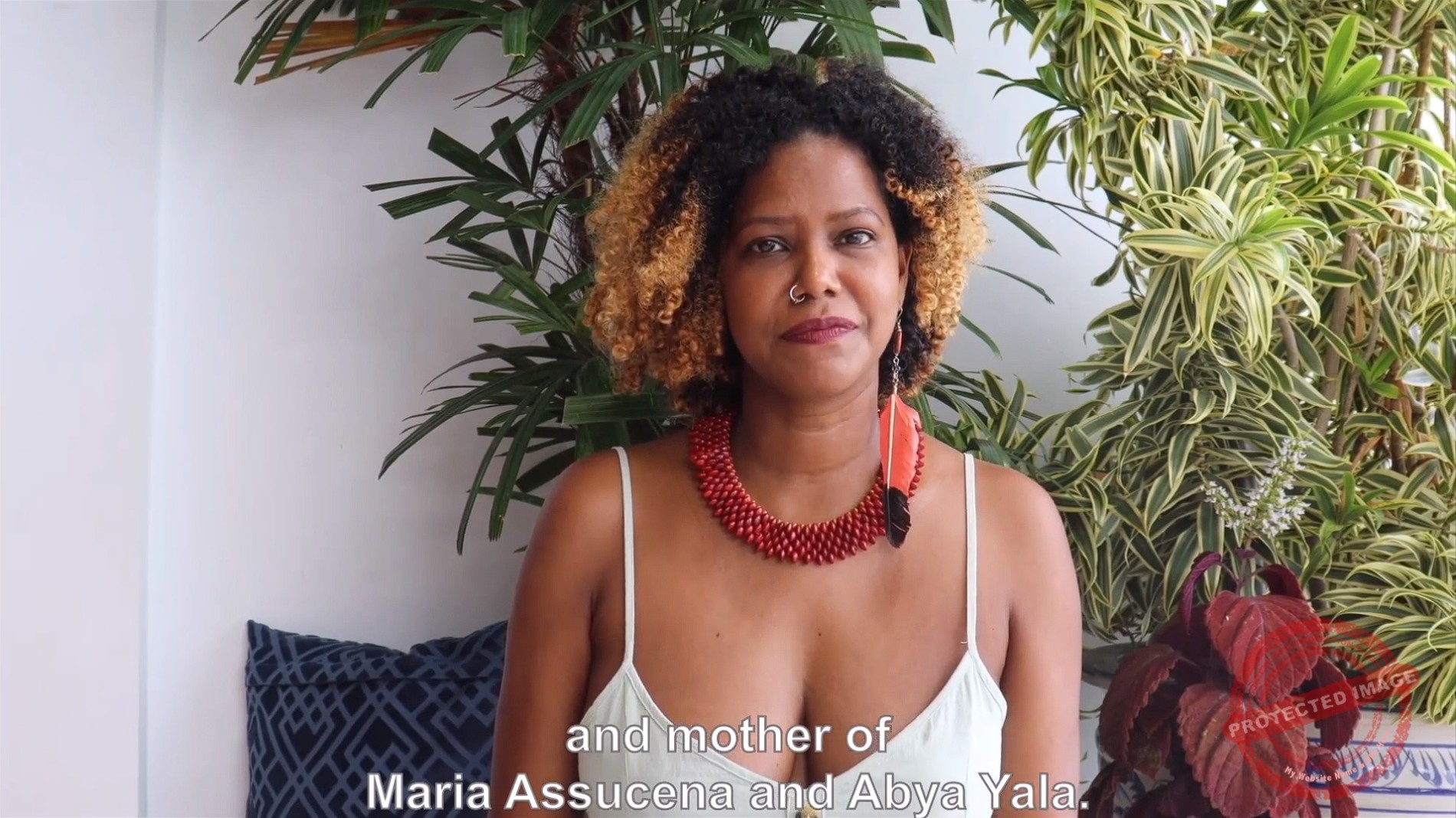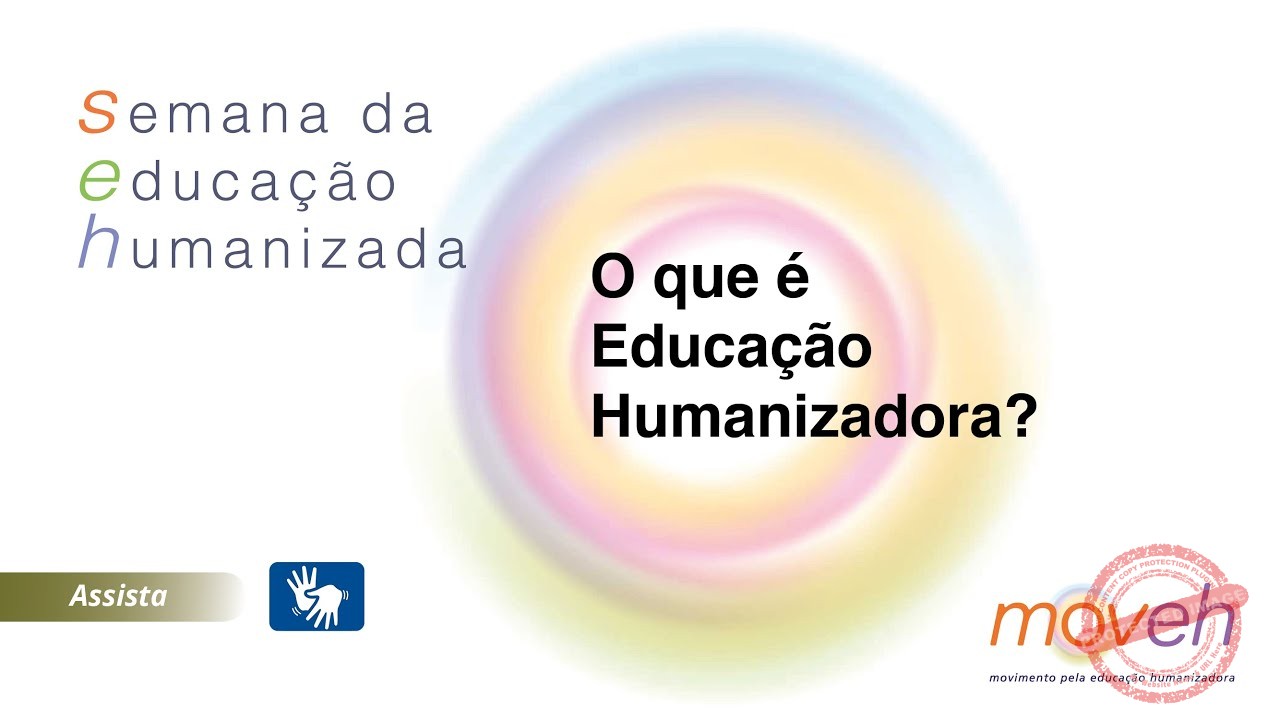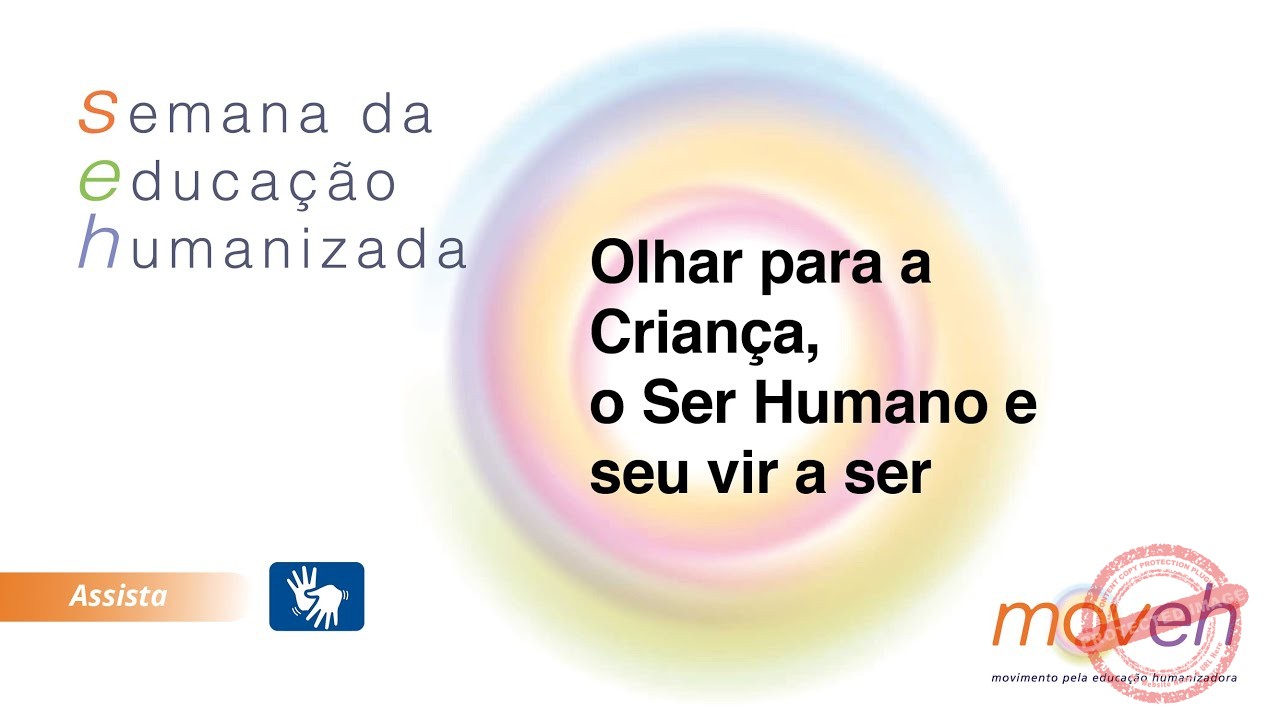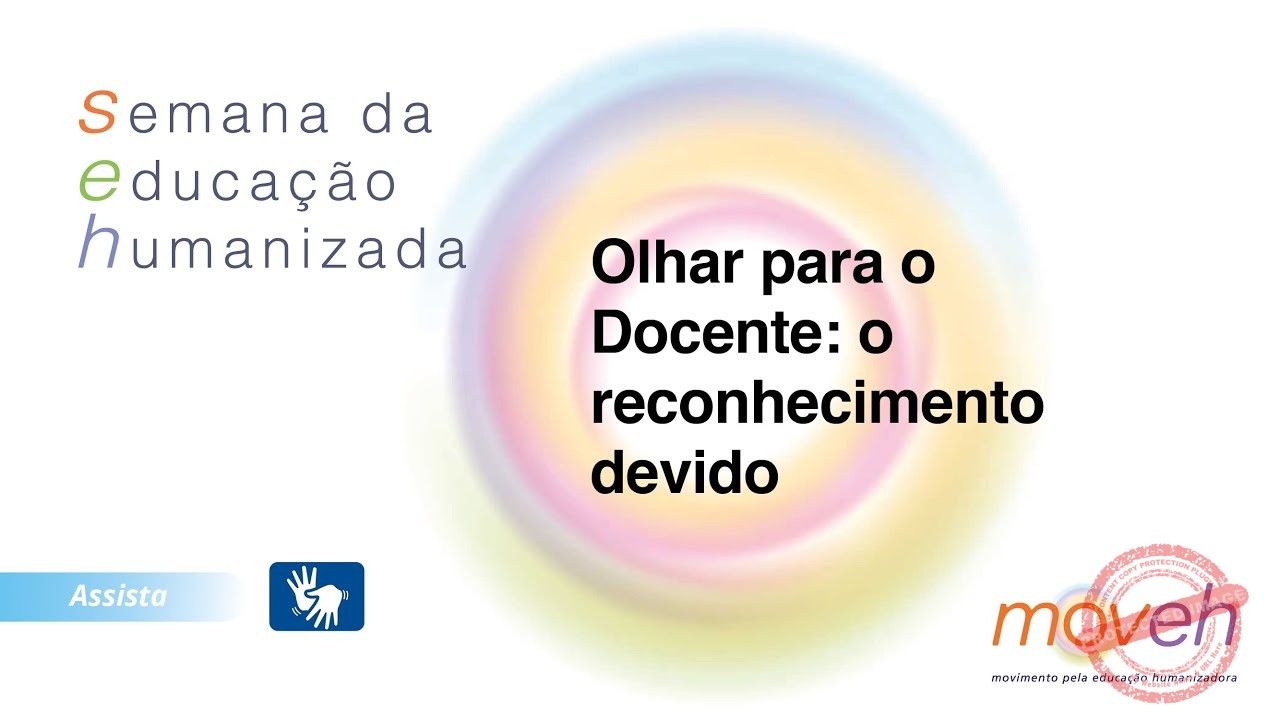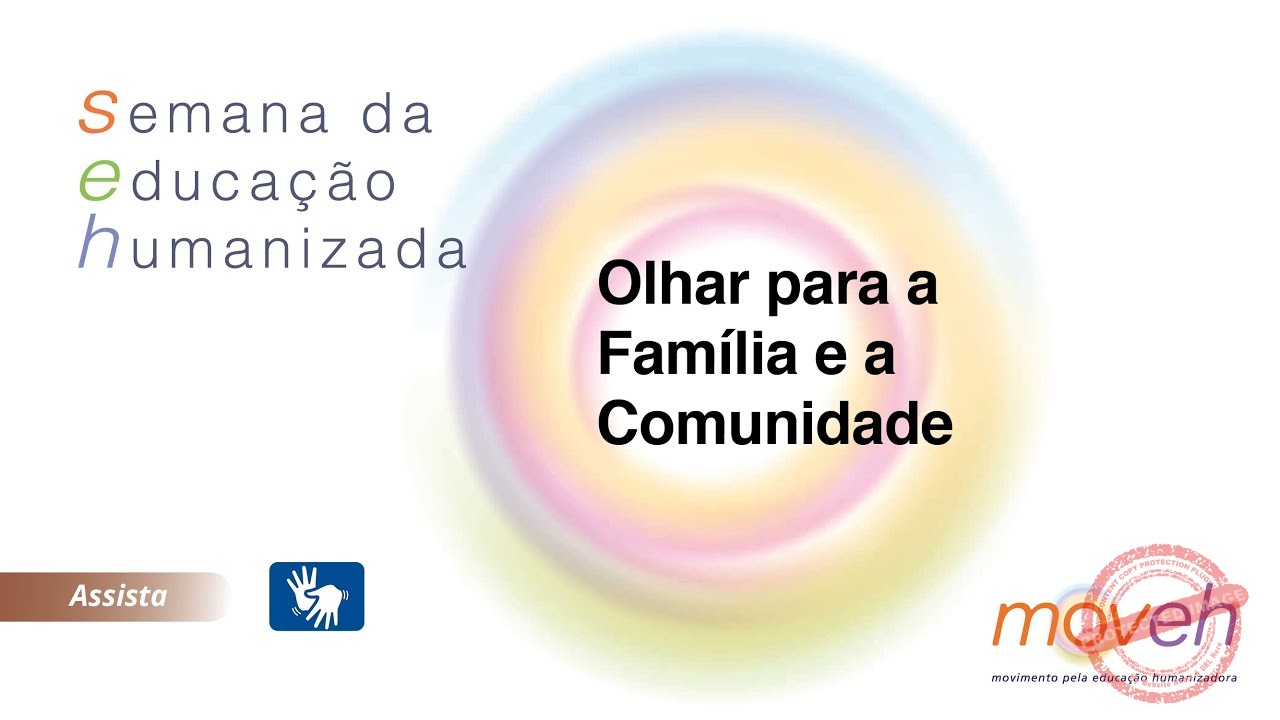[print-me target="body"]
How to tell stories and fairy tales
Class with Professor Marisa Cristina dos Santos
Fairy tales are, according to Rudolf Steiner, a spiritual treasure of humanity. Fruit of primordial experiences of human existence, its performance has an unconscious effect on the soul by rescuing, through significant images, the long path of human maturation on earth.
For this reason, people of all times – especially children – have always recognized in them, albeit unconsciously, something related to their own soul. Kings, princesses, dwarves, giants – all these images – correspond to the deep inner realities of man.
They are narrated repeatedly, always in the same sequence, if possible, with the same words, as they represent true “food” for the children's soul, in addition to stimulating memory. We should never try to interpret, or find some “moral of the story”, for children. The images experienced by them will mature little by little, in the unconscious of each one. In kindergarten, each story is narrated in its entirety, so that the child receives the whole image, and not in chapters, because at this stage, according to Passerini, he cannot retell a story with a beginning, middle and end. His memory is limited to aspects that suffer interference from feelings, that is, the child remembers the scenes that gave him pleasure or fear.
In kindergarten, the tone of voice used by the teacher is monochord, to favor a dream environment, and not induce the child to an image that is not the one created by himself, from the story told. A penumbra environment, with a lit candle, also stimulates the child's imagery experience. For very agitated children, the stories can also be told with the support of rag dolls, very simple, in the form of a small theater.
For children from 6 to 7 years old, in elementary school, they can already be narrated in parts, and are not usually repeated. Each day, before continuing the story, the teacher encourages students to freely tell what they remember from what was told the day before.
To learn more, read “The Fairy Tales – their poetry and interpretation”, by Rudolf Steiner, and “Ariadne's Thread, by Sueli Passerini.
****


